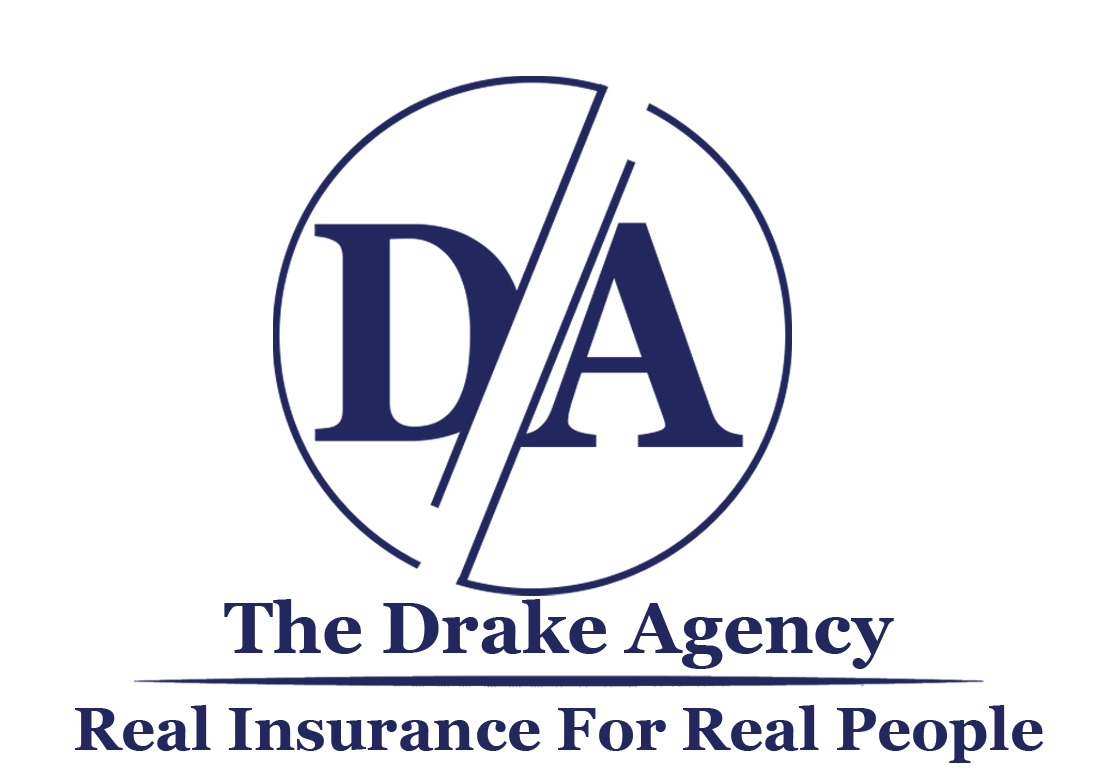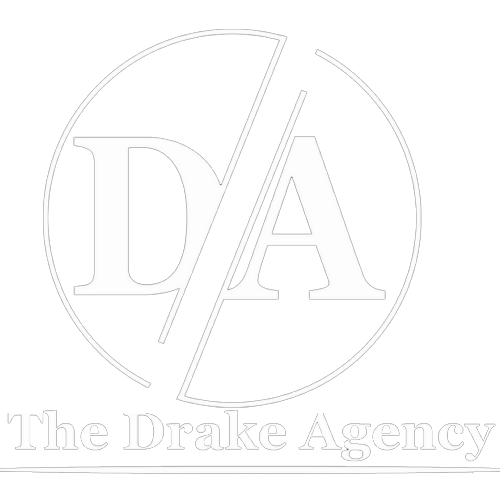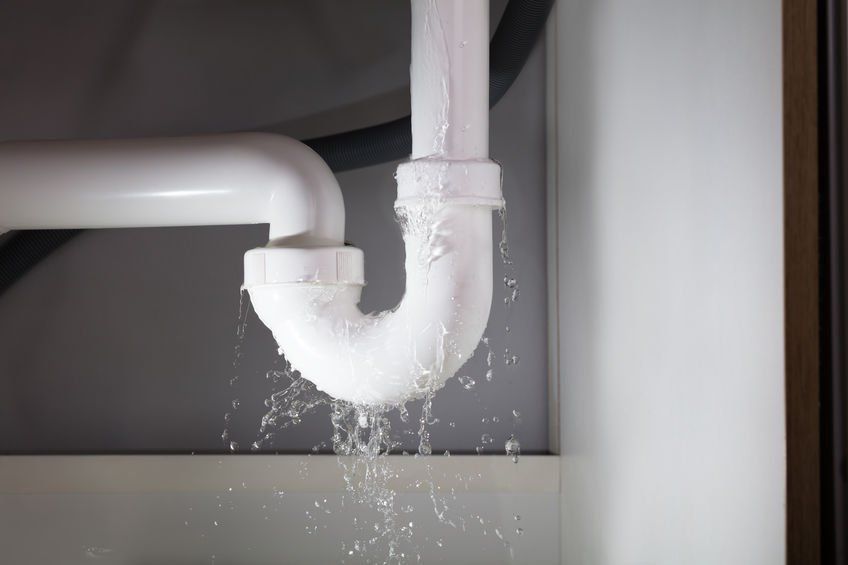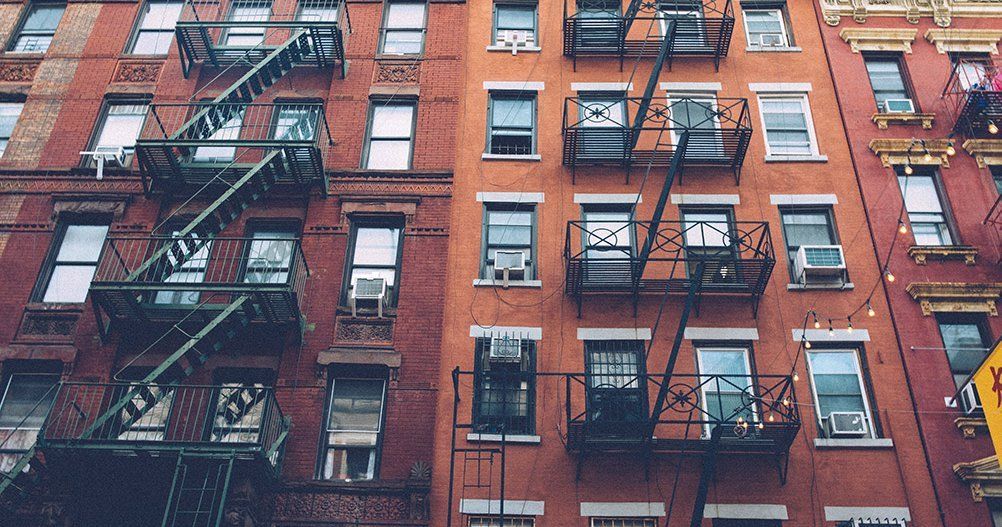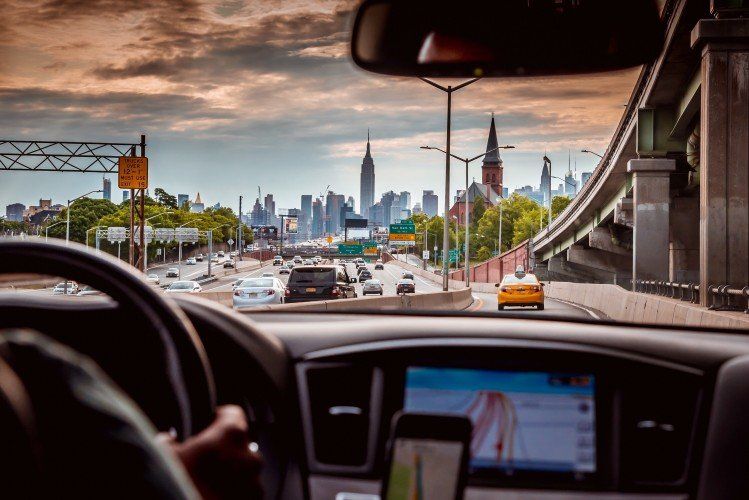Uninsured And Underinsured Coverage: Protection From Unprotected Motorists

What happens when the driver who hit you doesn't have enough liability coverage? Or, even worse, what if he leaves before you can get his information? Uninsured and underinsured motorist coverages financially protect you from irresponsible drivers.
QUALITY AUTO COVERAGE STARTS HERE.
QUICK COVERAGE FACTS
Uninsured or underinsured motorist coverage:
- Is used when the at-fault driver doesn't have enough (or any) liability coverage.
- Can save you from having to pay out of pocket for a car accident you didn't cause.
- Usually costs more to add to your policy in states with more uninsured drivers.
HOW UNINSURED AND UNDERINSURED MOTORIST COVERAGE WORKS
Say you're involved in an accident that wasn't your fault. In most circumstances, you'd file a claim with the at-fault driver's car insurance company, get your car repaired and recoup compensation for any lost wages or medical expenses. No out-of-pocket expenses to you.
But what if the driver who sideswiped you doesn't have car insurance or doesn't have enough of it? Minimum liability insurance requirements don't always offer enough coverage after a car accident.
Uninsured and underinsured motorist coverage can help protect your finances if you're in an accident caused by an uninsured or underinsured driver.
- Insufficient liability limits to cover your bills after an accident
- Liability limits less than or equal to your underinsured motorist coverage limit
THE DIFFERENCE BETWEEN UNINSURED AND UNDERINSURED COVERAGE
Uninsured motorist insurance protects you if you're in an accident with an at-fault driver who doesn't carry liability insurance. Underinsured motorist coverage steps in when you're in an accident with an at-fault driver whose liability limits are too low to cover the medical expenses of any injured people. The at-fault driver's insurance will typically pay for all damages up to his or her auto insurance policy limits, then your underinsured motorist coverage may cover the excess amount up to the limits you select.
STATES THAT REQUIRE UNINSURED AND/OR UNDERINSURED MOTORIST COVERAGE
Many states require drivers to carry at least uninsured motorist coverage, if not both uninsured and underinsured motorist coverage.
*Auto insurance is not required in New Hampshire. However, if you purchase insurance, uninsured motorist bodily injury coverage is required and includes underinsured motorist bodily injury coverage as well.
**Uninsured motorist coverage is not required in Rhode Island if you carry the state minimum limits for bodily injury auto liability coverage. If you purchase higher auto liability limits, then you must also purchase uninsured motorist bodily injury coverage. Additionally, uninsured motorist coverage includes underinsured motorist, bodily injury and property damage coverage.
***Virginia does not require drivers to have auto insurance if they can prove they can pay for losses resulting from an accident. If you purchase insurance, you must have uninsured motorist (which includes both property damage and bodily injury) and underinsured motorist coverage.
*Auto insurance is not required in New Hampshire. However, if you purchase insurance, uninsured motorist bodily injury coverage is required and includes underinsured motorist bodily injury coverage as well.
**Uninsured motorist coverage is not required in Rhode Island if you carry the state minimum limits for bodily injury auto liability coverage. If you purchase higher auto liability limits, then you must also purchase uninsured motorist bodily injury coverage. Additionally, uninsured motorist coverage includes underinsured motorist, bodily injury and property damage coverage.
***Virginia does not require drivers to have auto insurance if they can prove they can pay for losses resulting from an accident. If you purchase insurance, you must have uninsured motorist (which includes both property damage and bodily injury) and underinsured motorist coverage.
2 TYPES OF UNINSURED AND UNDERINSURED MOTORIST COVERAGE
Like liability insurance, uninsured and underinsured motorist coverage breaks down into two coverage types: bodily injury and property damage.
UNINSURED/UNDERINSURED MOTORIST BODILY INJURY COVERAGE (UMBI/UIMBI)
Uninsured/underinsured motorist bodily injury is designed to cover you and the people in your car for medical bills, lost wages and pain and suffering if you're in an accident caused by someone who doesn't have insurance or enough insurance.
Medical payments (Med Pay) coverage or
personal injury protection
(PIP) may not be enough to keep drivers from needing UMBI or UIMBI. Keep in mind that if you're injured by an uninsured driver, UMBI or UIMBI may offer higher limits than either of those.
UNINSURED/UNDERINSURED MOTORIST PROPERTY DAMAGE COVERAGE (UMPD/UIMPD)
Uninsured motorist property damage (UMPD) and underinsured motorist property damage (UIMPD) are designed to protect your car if someone hits you and doesn't have insurance or enough insurance.
Say another driver causes a 3-car accident. The damage is significant, and the responsible driver is uninsured or has low limits. These coverages could help cover the remaining repairs, up to the policy limits. They could also help to cover a collision deductible, rental car costs or other out-of-pocket expenses.
In some states, these coverages are required and automatically included for each vehicle on the policy. In other states where coverages are available but not required, if you want it for all vehicles on your policy, you'll need to add it separately for each.
HOW STACKING WORKS
If you have more than one car on your policy you may be able to "stack" your uninsured and underinsured bodily injury coverage. Stacking is not allowed in every state. When uninsured and underinsured motorists bodily injury coverage is stacked, your selected limit is multiplied by the number of cars. Say you're a Pennsylvania driver with UMBI limits of $50,000/$100,000. If you add a second car to your policy, stacking would increase your limits to $100,000 per person, $200,000 per accident .
ADDING UNINSURED/UNDERINSURED COVERAGE TO YOUR CAR INSURANCE POLICY
If you live in a state where this coverage is optional and want to add it to your Insurance policy, you can log in to do this anytime.
Insurance Agent
Adam Drake
Nassau: 516-916-4020
Suffolk: 631-557-4680
NYC: 212-324-3025
Nassau Address: 26 Nassau Blvd., Garden City, NY 11530
Email: Adam@TheDrakeAgency.com
Leave a comment
Latest Posts


Our Insurance
Whether you need insurance policies to cover your home or your vehicle in New York, you can work with The Drake Insurance Agency to make sure you get the best coverage.
Location
(516) 916-4020
(631) 557-4680
(212) 324-3025
Email us
